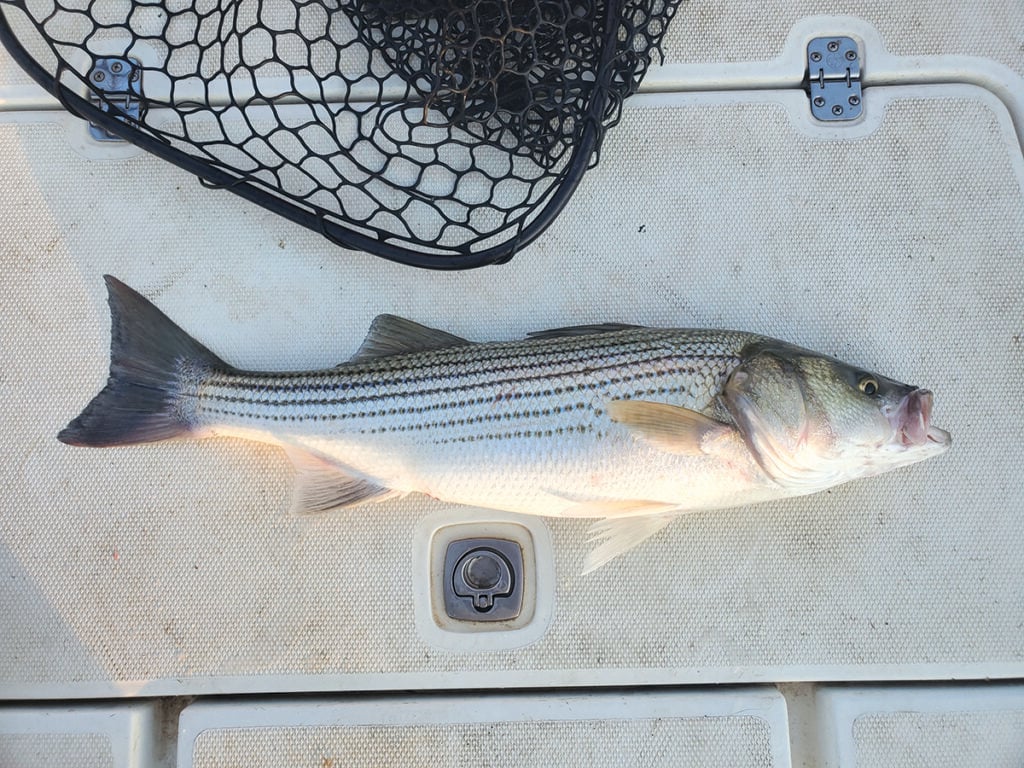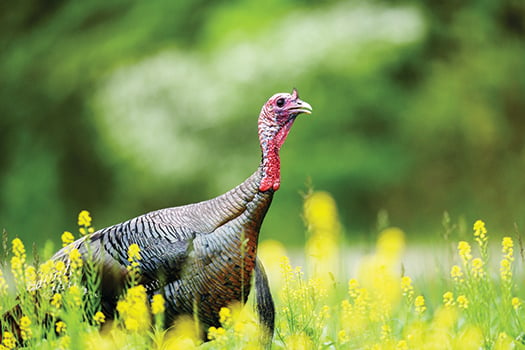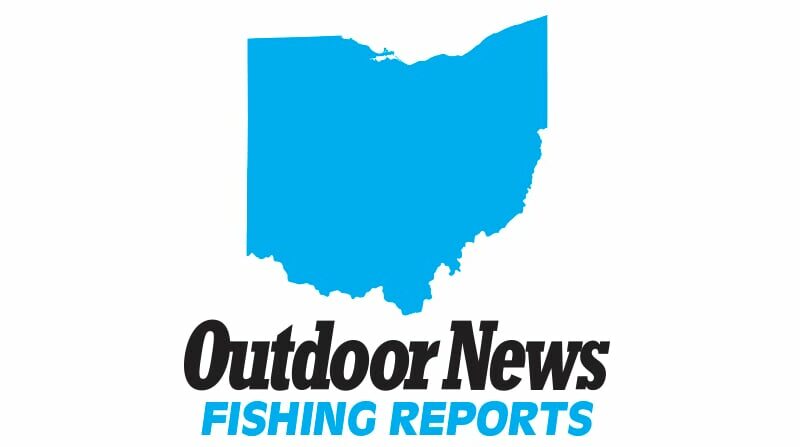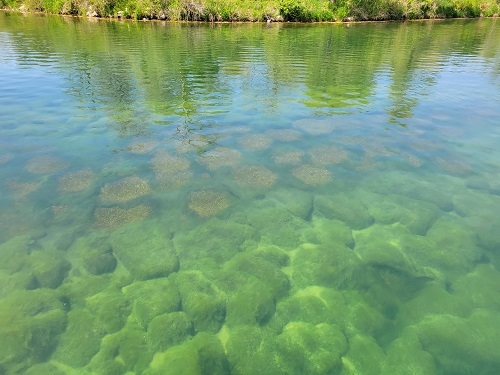Atlantic States Marine Fisheries Commission addresses hooking mortality for struggling striped bass – Outdoor News

Harrisburg — As concerns about low striped bass numbers continue, the Atlantic States Marine Fisheries Commission on May 1 took additional steps to address the number of striped bass dying after being caught and released, as well as unsustainable commercial fishing rates.
The Atlantic commission’s Striped Bass Management Board voted to establish a workgroup to explore options to reduce the significant number of striped bass that die after being caught and released.
The workgroup will explore the effectiveness of season closures, the impacts of different types of fishing tackle, and the reduction in fishing effort needed to reduce striped bass losses. Following the workgroup’s report, which is expected in October this year, further action on catch-and-release mortality will likely follow.
MORE COVERAGE FROM OUTDOOR NEWS:
New York DEC reminds Hudson River anglers of new striped bass slot limit regulation
Dam removal, repairs benefitting brook trout nearly complete on Michigan’s Boardman River
The board also approved plans by Maryland and the Potomac River Fisheries Commission to reduce their commercial harvest. At the Atlantic commission’s January meeting, these plans were found to be inconsistent with the requirements of the Striped Bass Management Plan.
The recent actions are intended to get efforts to rebuild this iconic species back on track.
“We must all face the hard truth that striped bass are struggling,” said Allison Colden, the Chesapeake Bay Foundation’s Maryland executive director.
“We’re seeing continued low juvenile striped bass numbers, dwindling commercial catch, and a trend of fewer large citation-sized fish caught by anglers.
Without getting striped bass management back on track across all sectors – commercial and recreational – there might not be a striped bass fishery in the future.”
Recreational fishing harvest of striped bass increased in 2022 along the Atlantic Coast even as managers implemented new harvest regulations. This significantly decreased the possibility of the striped bass population recovering to sustainable levels by a 2029 goal.
Compounded with low numbers of young striped bass, this rang alarm bells for anglers, watermen and fisheries managers.
New striped bass limits
To meet an Atlantic States Marine Fisheries Commission requirement with a May 1 deadline, earlier this year all Atlantic Coast states including Maryland, Potomac River Fisheries Commission, and Virginia implemented a one-fish limit for recreational anglers.
In the Chesapeake Bay, fish kept must measure between 19 inches and 24 inches, while along the Atlantic Coast they must be between 28 inches and 31 inches.
The limits on bigger fish are especially important to rebuild the population as a recent Maryland Department of Natural Resources study shows that older, larger female striped bass produce far more eggs.
Maryland this year also implemented emergency regulations to prohibit fishing for striped bass during crucial spring spawning times between April 1 and May 15.
The state has also closed fishing for striped bass during two weeks in late July, when stressed striped bass are most likely to die after being released. In Virginia, striped bass fishing is off-limits to anglers during spawning periods and between June 15 and Oct. 4.
States also implemented a 7% reduction in the commercial harvest. Despite the commercial fishery comprising a smaller percentage of the total harvest, the dire status of striped bass requires conservation actions from all sectors who benefit from this shared resource.
Commercial fishery reductions were necessary to ensure the greatest chance of achieving sustainable fishing rates.







